SWEDISH MASSAGE : REDUCED MUSCLES PAIN & SPASM
What is a Swedish Massage?
- Swedish massage is the most popular type of massage in the United States. It involves the use of hands, forearms or elbows to manipulate the superficial layers of the muscles to improve mental and physical health. Active or passive movement of the joints may also be part of the massage. The benefits of Swedish massage include increased blood circulation, mental and physical relaxation , decreased stress and muscle tension, and improved range of motion.
INTRODUCTION :
- The Swedish massage or better known as ‘classical massage’ aims at overall helping the body relax via a full-body massage experience by decreasing tension knots trapped within the anatomy of clients.
- A combination of massage intensities, mostly subtle, as well as different massage types, are utilized to provide a full-body relaxing experience.
- The entire body of clients is targeted by massage therapists during a Swedish massage.
- Within the Classical massage therapy, a mixture of strokes including kneading, stretching, tapping, rolling as well as different length strokes are delivered to clients.
- Sensitive body areas under the Classical massage are best managed with subtle massage pressure whereas core body-parts like the lower back are dealt with comparatively higher intensity to energize the body better while de-stressing it.
- Circular hand motions are best utilized by massagers in trying to deliver optimal relaxation to their clients, and the utilization of knuckles happens so, very rarely since the objective is relaxation and comfort rather than recovery.
PHYSICAL BENIFIT :

- loosening tight muscles and stretching connective tissues
- relieving cramps and muscle spasms and decreasing muscle fatigue
- loosening joints and improving range of motion
- increasing muscle strength
- calming the nervous system
- stimulating blood circulation
- firming up muscle and skin tone
- relieving symptoms of such disorders as asthma , arthritis, carpal tunnel syndrome , chronic and acute pain syndromes, myofacial pain, headache , temporomandibular joint (TMJ) dysfunction, and athletic injuries
speeding up healing from injury and illness - improving lymphatic drainage of metabolic wastes
MENTAL & EMOTIONAL BENIFITS :
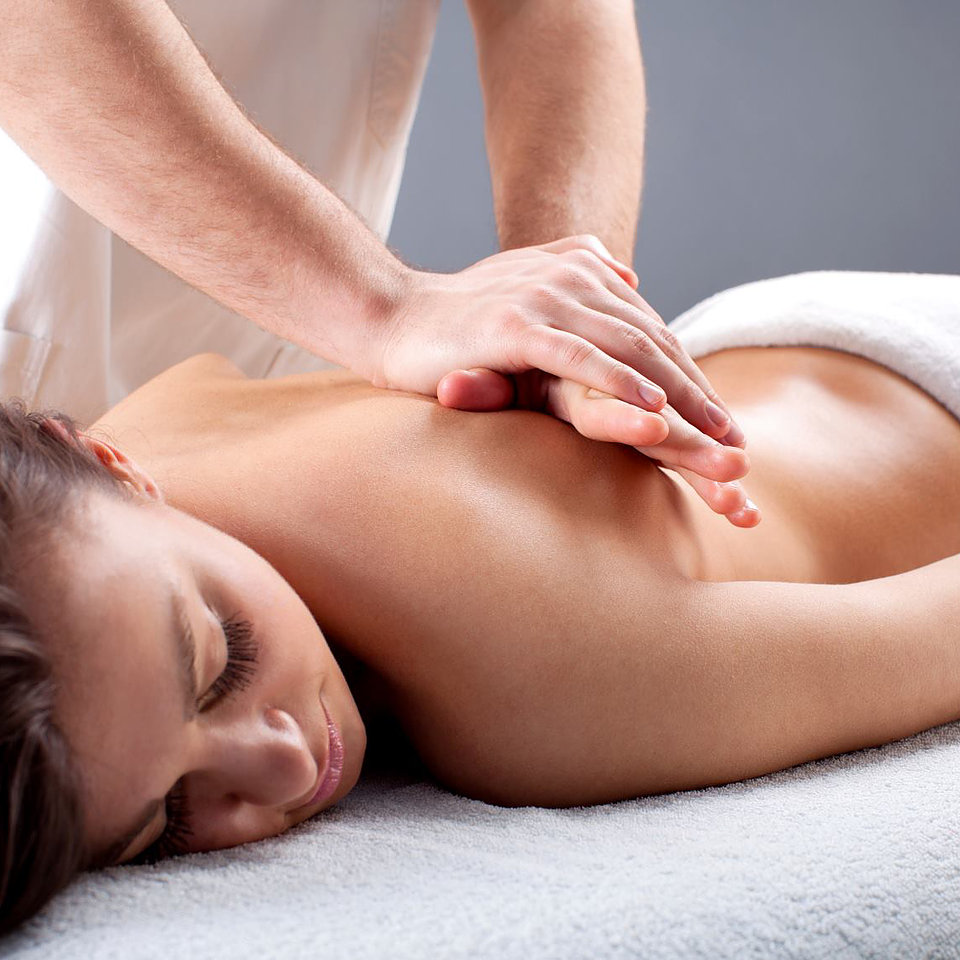
* Mental benefits associated with massage therapy include the following:
- mental relaxation
- improvement in length and quality of sleep
- relief of stress, depression, anxiety and irritation
- increased ability to concentrate
- improved sense of well-being
PREPARATIONS :
* Swedish massage requires the following equipment:
Massage surface: This may be a professional massage table or any firm but well-padded surface.
clean sheet to cover the part of the body that is not massaged.
Cushions: These may be needed, depending on the client’s wishes, to prevent lower back pain. The cushions may be placed under the head and the knees.
Oils: The base oil should be a vegetable oil, cold pressed, unrefined, and free of additives. These oils contain such nutrients as vitamins and minerals in addition to fatty acids. They do not clog the pores as mineral oils often do. Essential (aromatic) oils may be added to provide additional relaxation or other therapeutic effects. Massage oil should be warmed in the therapist’s hands before it is applied to the client’s skin.
PRECAUSIONS :-
* Swedish massage should not be given to patients with the following physical disorders or conditions:
- nausea, vomiting or diarrhea
- fever
- broken bones, fractures , dislocations, or severe sprains
- contagious diseases
- open or unhealed sores or wounds
- body areas that are inflamed, swollen or bruised
- varicose veins
- recent surgery
- severe pain
- jaundice
- frostbite
- kidney disease
- large hernias
- hemorrhaging
- torn ligaments, tendons, or muscles
- high blood pressure or heart problems
- certain kinds of cancer
- history of phlebitis or thrombosis (These patients may have blood clots that may become dislodged and travel to the lungs, with potentially fatal results.)
- drug treatment with blood thinners (These medications increase the risk of bleeding under the skin.)
SIDE EFFECTS OF SWEDISH MASSAGE :
- There have been few reported side effects associated with massage of low or moderate intensity. Intense massage, however, may increase the risk of injury to the body. Vigorous massage has been associated with muscle pain and such injuries as bleeding in the liver or other vital organs, and the dislodgment of blood clots.
TECHNIQUES USED IN SWEDISH MASSAGE :-

- Swedish massage therapy uses many variations and techniques for therapeutic benefit and overall wellness. Learn about the various strokes used by therapists while performing Swedish massage techniques:
1. Effleurage: Involves using gliding strokes from the neck to the base of the spine or from the shoulder to the fingertips. Strokes done on the limbs are directed towards the heart to improve lymphatic flow and blood circulation.
2. Petrissage: Uses rolling, pressing and squeezing motions on the muscles to enhance circulation. Petrissage cleanses toxins from nerve and muscle tissue through kneading and compression.
3. Friction: Consists of circular or transverse movements near the joints, alongside the spine and in other bony areas. Increases muscle and joint flexibility and breaks down muscle fiber knots.
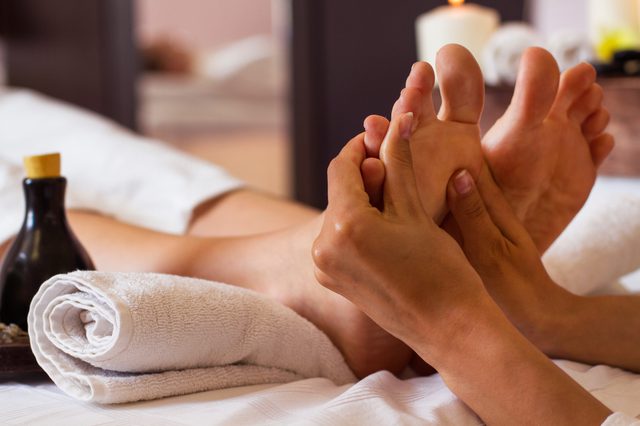
4. Tapotement: Uses a series of percussive movements to tap or strike the muscles to invigorate and reduce muscle spasms. Tapotement, or tapping and percussion, is a quick choppy rhythmic movement that has a stimulating or toning effect. The following are variations of tapotement:
– Cupping : The therapist forms the hands into a cup shape with fingers straight but bending only at the lower knuckles; the thumbs are kept close to the palms. The therapist strikes the flesh with the flat of the hands one after another in quick succession.
– Hacking: This technique is similar to cupping. The therapist uses the sides of the hands with palms facing one another to make a chopping movement.
– Pummeling: For this stroke, the therapist makes loose fists in both hands and applies them rapidly in succession over the thighs and buttocks.
Tapotement techniques are invigorating to most people but may be too intense for some. When prolonged, tapotement leads to overstimulation and even exhaustion of the nerves and muscles. In addition, it should not be used over varicose veins or directly above bony structures.
5. Vibration or Shaking: Consists of the therapist rapidly shaking hands on the limbs or back to boost circulation; often utilized for the treatment of low back pain.

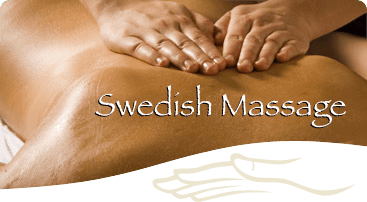
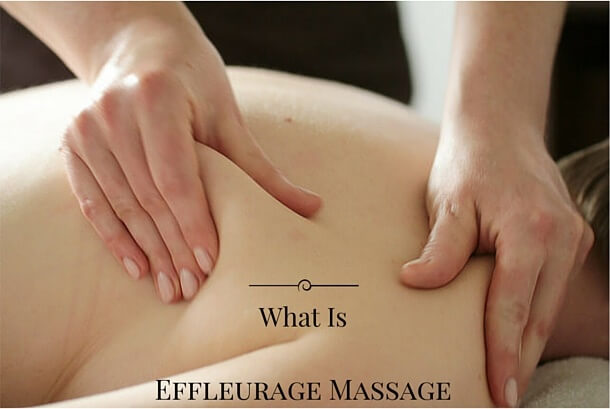
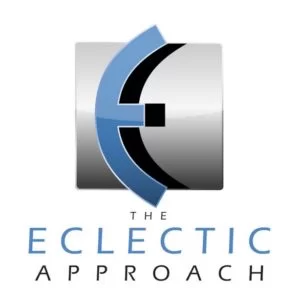
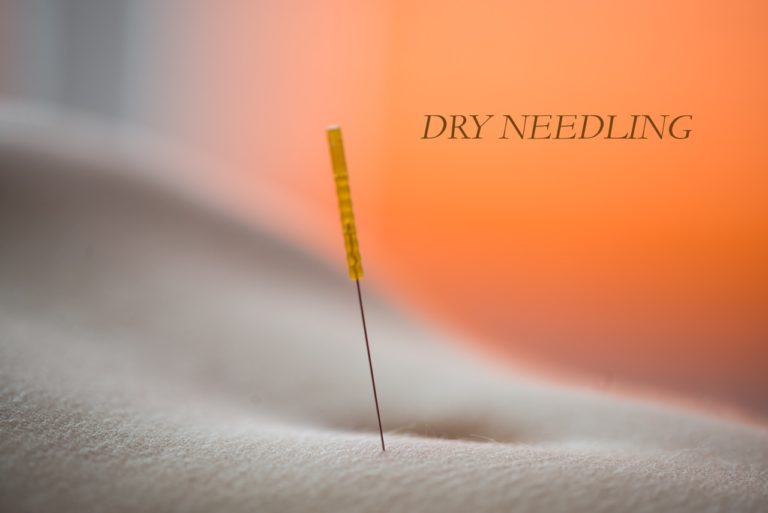

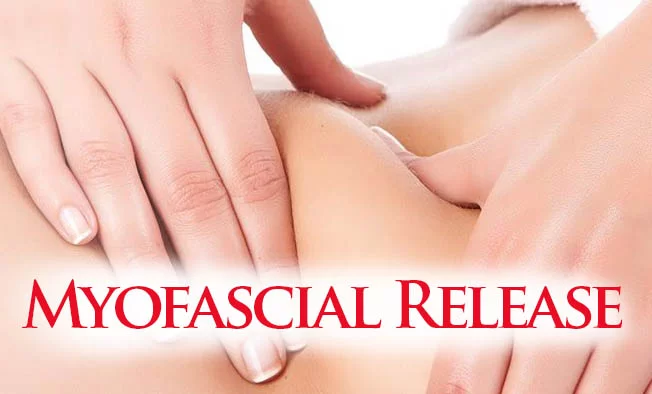
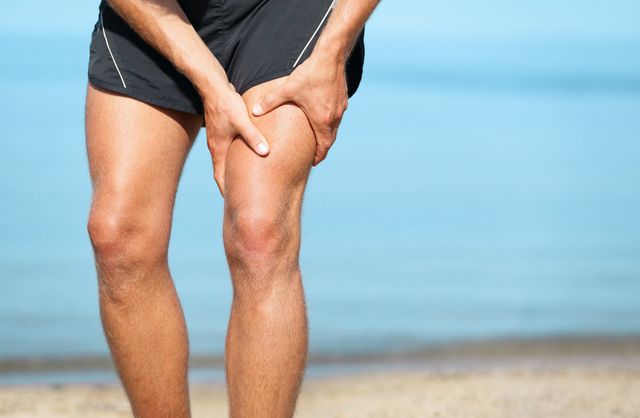
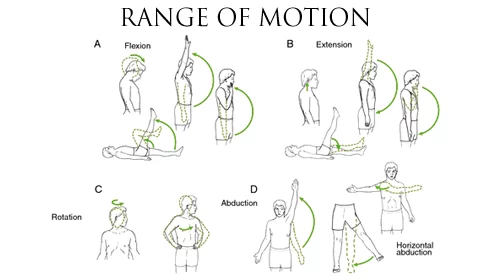
5 Comments